In the bustling streets of Seoul’s upscale Gangnam district, a peculiar trend has taken root—one where love and cosmetic surgery intersect in ways that would have been unthinkable a generation ago. South Korea, long regarded as the global epicenter of plastic surgery, is now witnessing a cultural shift where appearance isn’t just about personal confidence but has become a currency in the dating market. The phenomenon, often dubbed "plastic surgery matchmaking," reveals deeper societal pressures and the lengths to which individuals will go to secure romantic partnerships in an increasingly competitive landscape.
The connection between cosmetic enhancements and marriage prospects is no accident. In a society where first impressions are heavily influenced by physical appearance, many South Koreans view surgery as a pragmatic investment rather than a vanity project. Clinics report a surge in young adults—particularly women—seeking procedures specifically to improve their chances in the dating pool. Double eyelid surgeries, jawline reductions, and rhinoplasties top the list, as these features align with Korea’s rigid beauty standards. "It’s not just about looking pretty," explains one clinic consultant. "Clients openly admit they’re doing this because they feel invisible to potential partners otherwise."
This trend has birthed a niche industry of matchmaking services that cater exclusively to post-surgery singles. Agencies like "After Beauty" and "Perfect Match" curate databases of clients who’ve undergone verified procedures, marketing them as "premium" candidates. The implication is clear: in a culture where looks equate to social capital, surgical enhancements signal effort and desirability. Critics argue this commodifies relationships, reducing people to checklists of physical traits. Yet, proponents counter that these services merely reflect reality. "People judge based on appearance whether we admit it or not," says a matchmaker. "We’re just helping clients put their best face forward—literally."
The pressure to conform extends beyond individual choice. Family expectations play a significant role, with parents sometimes funding their children’s surgeries as part of a broader strategy to secure advantageous marriages. In extreme cases, matchmaking profiles include before-and-after surgery photos, treating transformations as credentials. This raises ethical questions about authenticity in relationships. Can love thrive when initial attraction hinges on artificial alterations? Psychologists warn of a growing "imposter syndrome" among post-op daters who fear rejection if partners discover their original appearances.
Interestingly, the phenomenon isn’t limited to heterosexual relationships. LGBTQ+ communities in Korea report similar patterns, with gay men facing particular scrutiny over body image. Muscle-enhancing procedures and facial contouring surgeries are increasingly common, driven by dating app culture where profiles live or die by a single photo. The irony is palpable: as society becomes more digitally connected, the standards for physical perfection grow more unattainable without medical intervention.
Beneath the glossy surface of this trend lies a darker narrative about Korea’s socioeconomic tensions. The cost of procedures—often equivalent to months’ salary—means participation is largely restricted to the middle and upper classes, exacerbating disparities in marriageability. Some argue this creates a vicious cycle where economic inequality translates directly to romantic inequality. Meanwhile, the government’s laissez-faire approach to regulating the booming industry suggests tacit endorsement of beauty as a meritocratic ladder.
Yet, whispers of rebellion are emerging. A small but vocal movement of "anti-plastic" activists promotes natural beauty, sharing unretouched photos and organizing speed-dating events where surgery is discouraged. Their message resonates with younger generations fatigued by relentless aesthetic demands. Whether this counterculture can dent the billion-dollar juggernaut of Korea’s beauty-industrial complex remains uncertain. What’s clear is that the scalpel’s role in Cupid’s arrow has carved deep scars—and smoother jawlines—into the fabric of modern love.

By Eric Ward/Apr 19, 2025
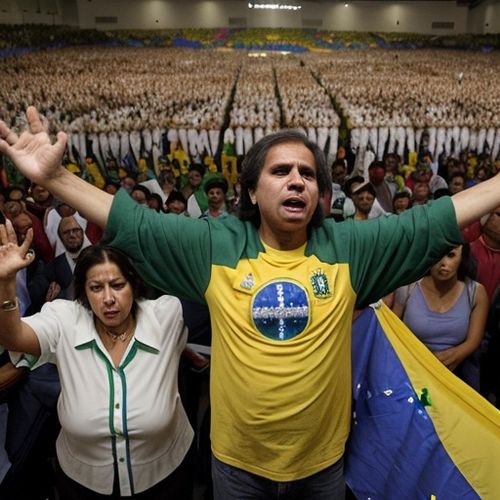
By James Moore/Apr 19, 2025
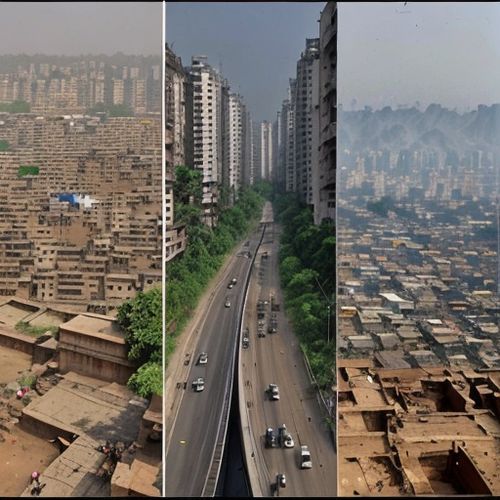
By Daniel Scott/Apr 19, 2025

By George Bailey/Apr 19, 2025
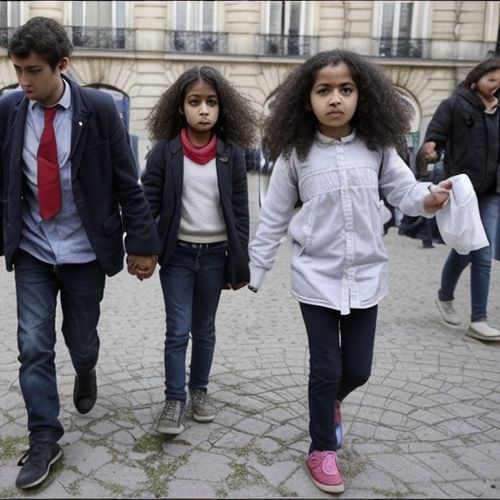
By Amanda Phillips/Apr 19, 2025
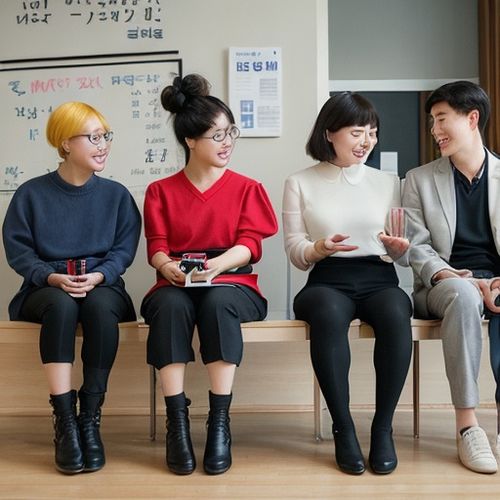
By Amanda Phillips/Apr 19, 2025
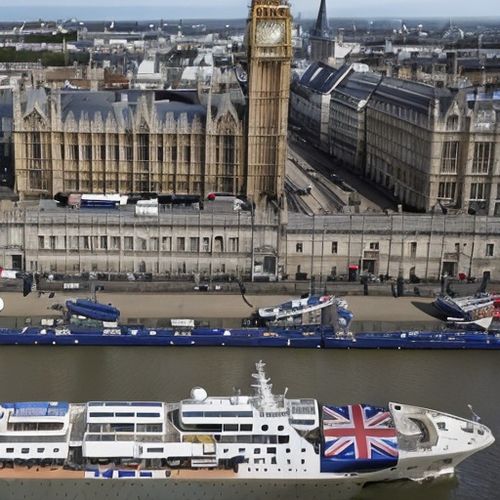
By Joshua Howard/Apr 19, 2025
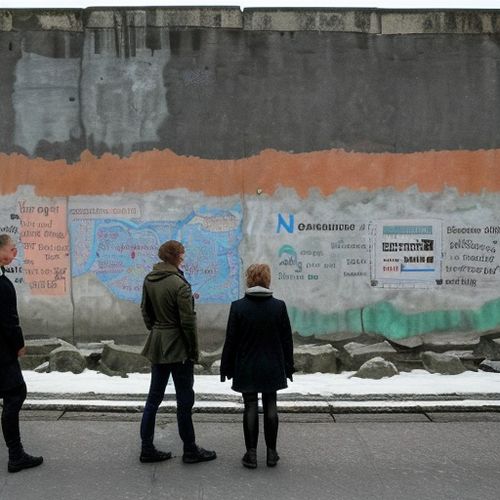
By Thomas Roberts/Apr 19, 2025
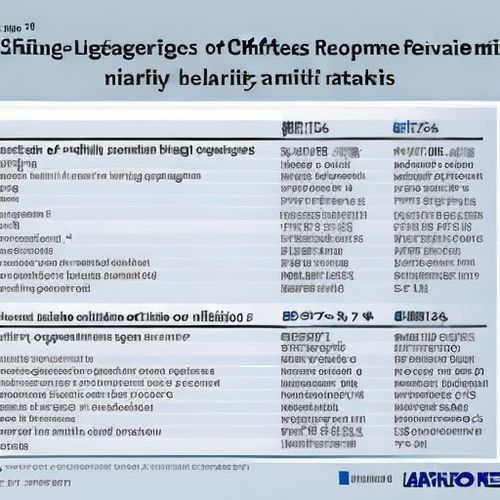
By Thomas Roberts/Apr 19, 2025

By Noah Bell/Apr 19, 2025
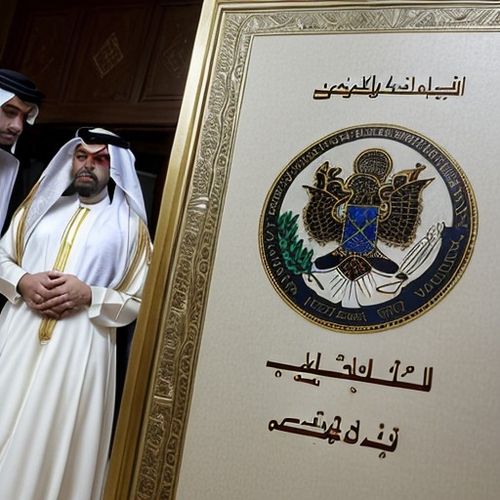
By James Moore/Apr 19, 2025
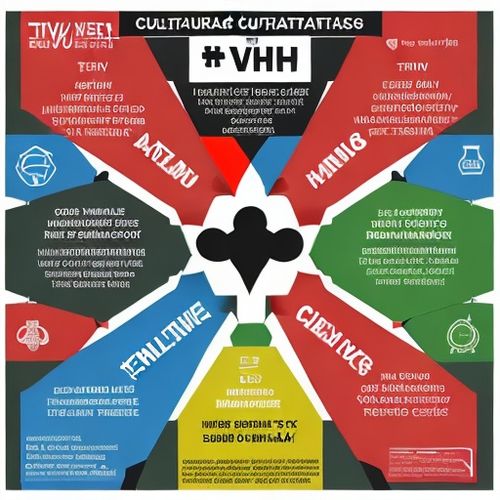
By Rebecca Stewart/Apr 19, 2025
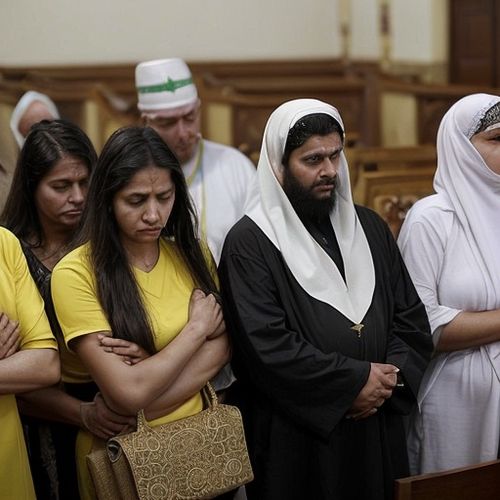
By Noah Bell/Apr 19, 2025
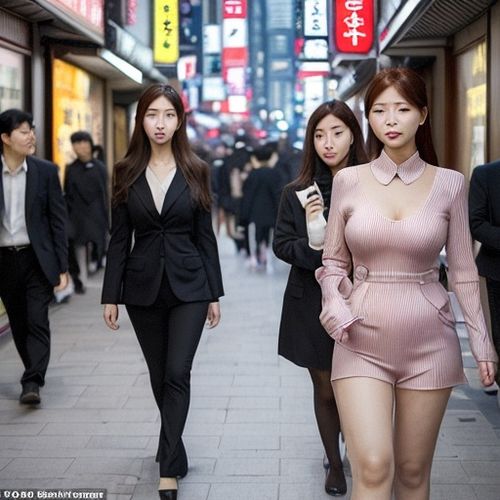
By Elizabeth Taylor/Apr 19, 2025
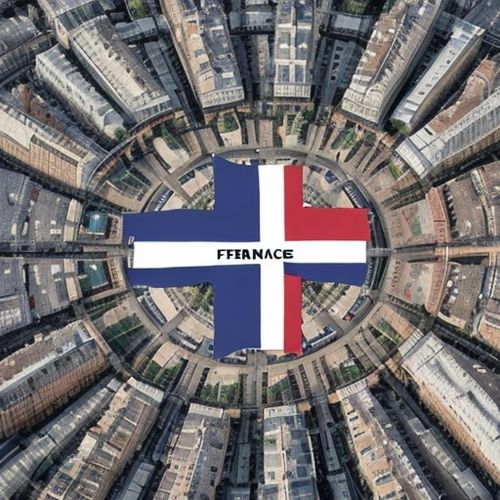
By Benjamin Evans/Apr 19, 2025
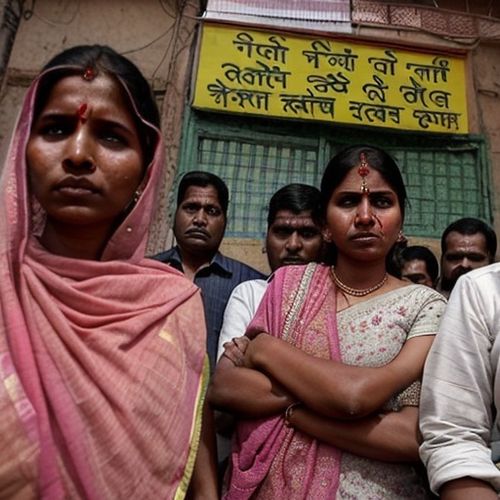
By Laura Wilson/Apr 19, 2025
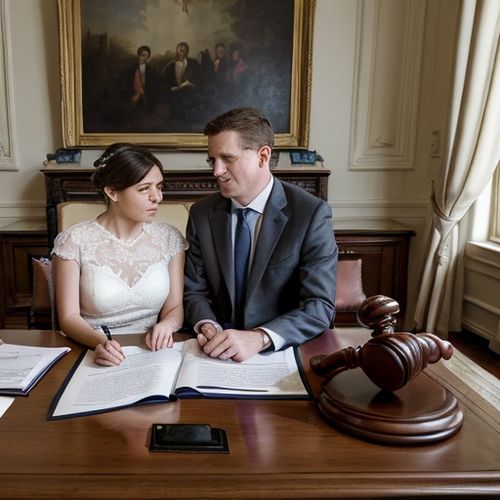
By Victoria Gonzalez/Apr 19, 2025
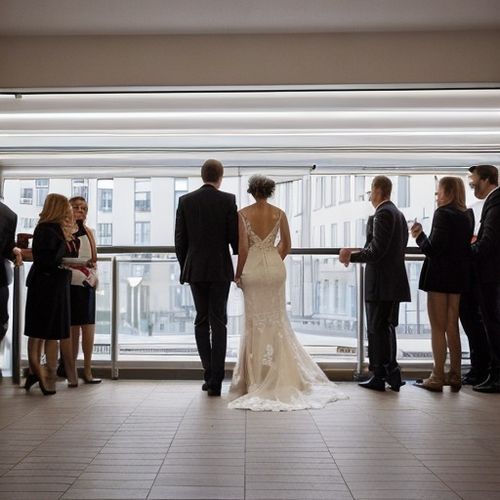
By Laura Wilson/Apr 19, 2025
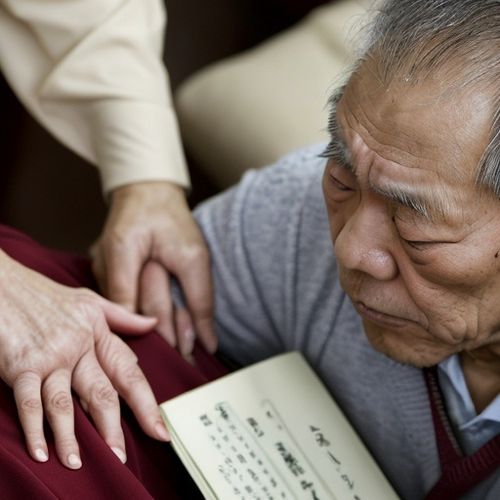
By Laura Wilson/Apr 19, 2025

By Sophia Lewis/Apr 19, 2025